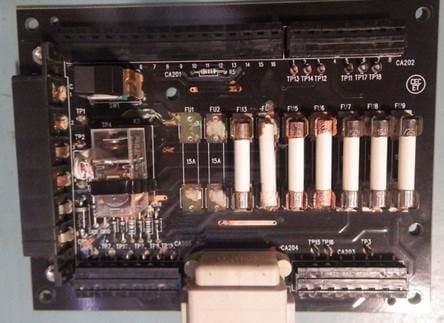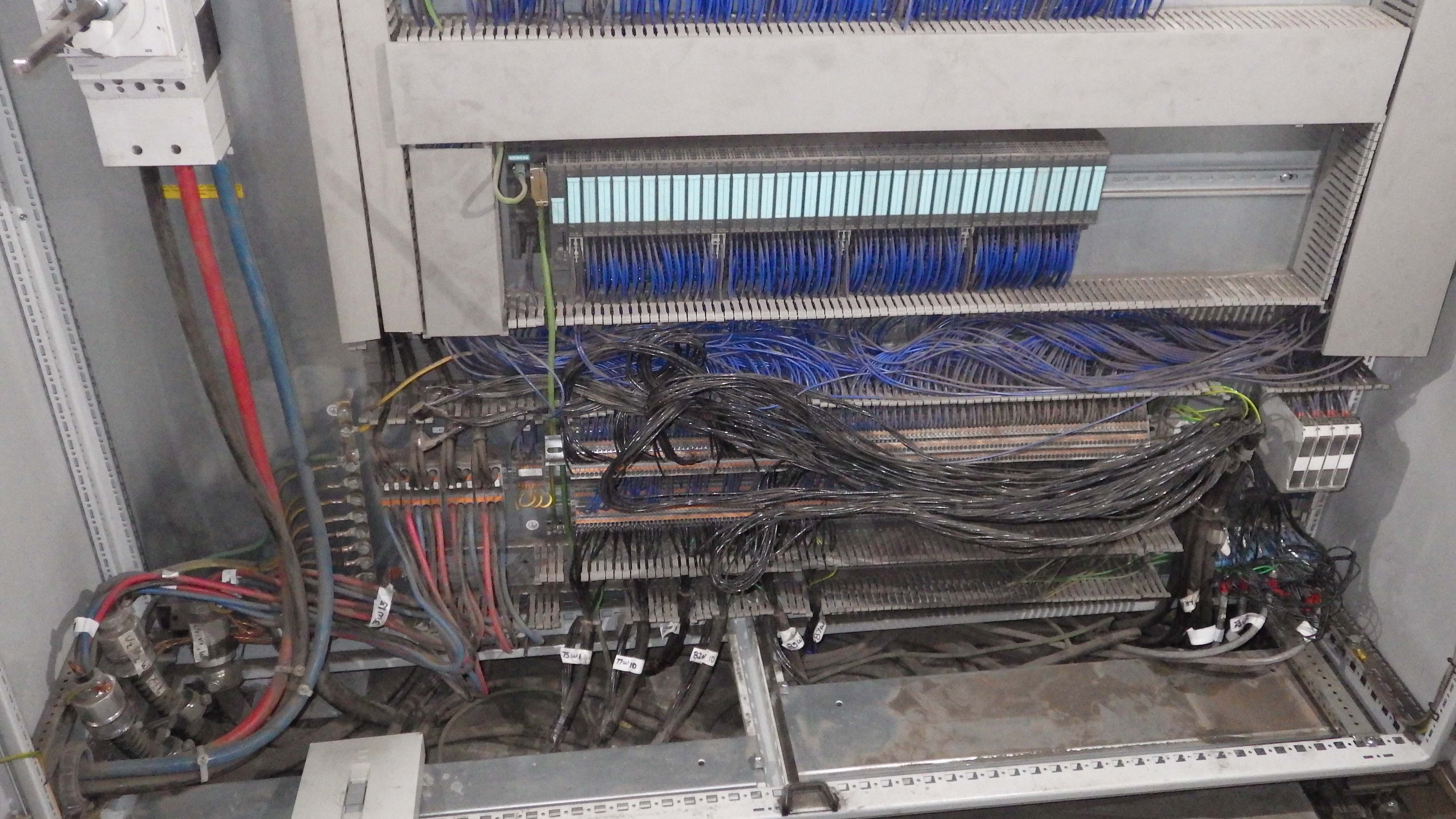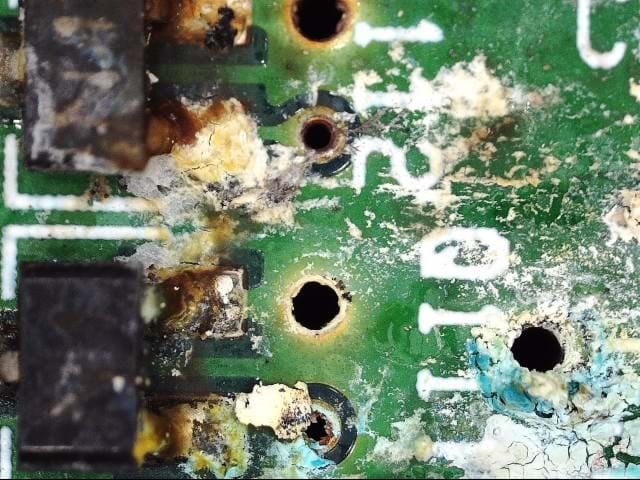Brancher
Forsikring
Produktion
Datacentre
Vindmøller og vedvarende energi
Marine og offshore
Sundhed og pleje
Skoler og universiteter
Fødevarer
Forsikring
Vi hjælper forsikringsselskaber og vurderingsfolk i små og store skader med at bringe udstyr tilbage til den stand, det havde før skaden, hvilket i sidste ende betyder, at kunderne sparer både tid og penge.
Produktion
Vi tilbyder vedligehold og rensning af specialudstyr. Vi har erfaring med industrimaskiner og forstår de omkostninger og læringskurver, der er forbundet med nyt udstyr.
Datacentre
Vi hjælper datacentre med at vælge den mest optimale løsning, herunder en analyse af renovering vs. udskiftning.
Vindmøller og vedvarende energi
I næsten 40 år har vores team gennemført hundredvis af projekter på en lang række forskellige mærker og modeller i over 60 lande rundt omkring i verden.
Marine og offshore
Vores marineeksperter assisterer i alle former for skadesituationer til havs uanset omfang, fra små skibe til nogle af de største fartøjer i verden.
Sundhed og pleje
Vores ingeniører og teknikere, hvoraf mange er fra det biomedicinske område, har fungeret som vejledende eksperter i forbindelse med om certificering og udbedring af skader på medicinsk udstyr rundt omkring i verden.
Skoler og universiteter
Vi samarbejder med alle berørte parter for at begrænse skaderne efter en hændelse, så både skole og elever kan komme tilbage til arbejdet så hurtigt som muligt.
Fødevarer













